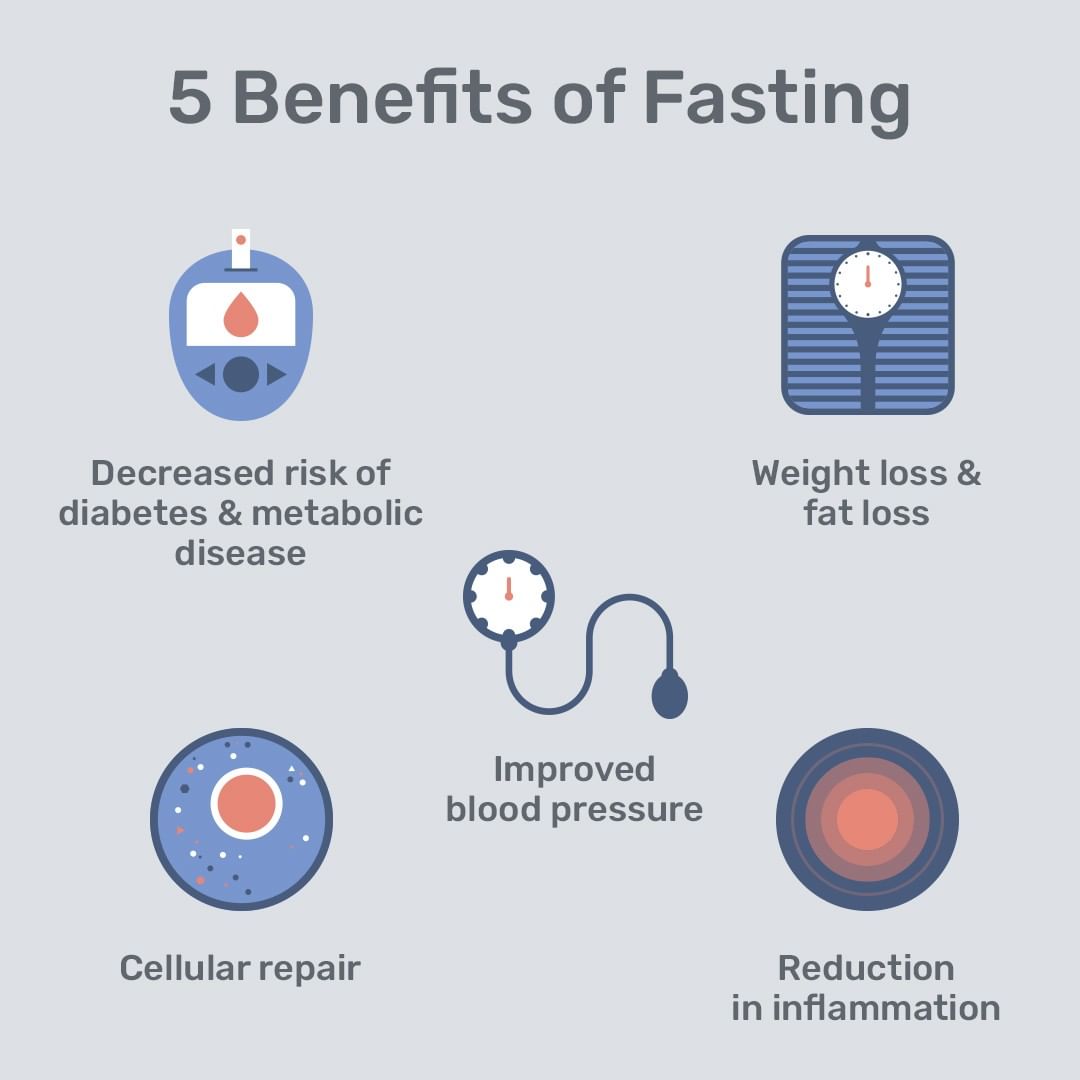INTERMITTENT FASTING – WHAT IS THAT?
Everyone is talking about intermittent fasting right now. Also known as time-restricted eating, part-time fasting or 16:8. Even if the schedules differ slightly, the basic concept remains the same: Instead of giving in to the permanent food supply, food-free intervals – i.e. meal breaks – should be observed. What and how much is eaten is not relevant and can remain unchanged. Your eating habits are simply limited to a certain interval. But is all this just hype or is it really an effective rhythm that does us well?
HOW DOES THAT WORK EXACTLY?
There are no limits to different time frames. Everything from 16 hours of rest achieves effects. For example, if we decide to “water fast” for 3 days, we do not eat anything for at least 3 days and consume only water. This is a relatively extreme variant. But you can also set up one day a month on which you fast, i.e. eat nothing. Or you can decide to fast 16:8, which is what I do, for example.
If one were to present the whole thing as a function, it would look like this:
F (x,y,z)
-x = the amount you restrict calories (100% = full-calorie restriction)
-y = the duration of the fast
-z = the frequency at which the fast is repeated

IS IT REALLY HEALTHY?
For me, it was quite intuitive, because in the morning I often have to work very quickly and I feel fit and concentrated even without breakfast. I started doing this four years ago, but I don’t take it so strictly anymore. If it doesn’t work out or the 16 hours are shorter, that’s good for me too. Even though fasting feels very good for me, I am thinking about changing my routine because of my period. More on that in a moment.
Probably the most popular effect, however, is the reduction of weight and body fat – for many people the reason for fasting. However, many studies prove further health benefits of this form of nutrition: It can lead to a reduction in blood pressure, improved glucose tolerance, and a reduction in insulin and glucose levels in the blood. In addition, lower blood lipids, inflammatory parameters, and growth factors have been measured. This leads to a lower risk of diabetes, stroke, heart attack, Alzheimer’s and Parkinson’s disease.

IS IT REALLY WORKING?
The mechanisms behind these amazing results are not yet fully understood. However, some of them are likely to be achieved by stress-related cell adaptation in response to “fasting stress”. In this way, our cells recognize stress from outside as a disease and learn to resist and fight it. It also reduces the damage to the genetic material. It also inhibits cell growth and supports the natural cell death of damaged cells.
IS THIS SOMETHING FOR ME TOO?
Due to the many variations, intermittent fasting can be applied very flexibly and individually. As with any form of fasting, physical and mental health is a prerequisite. For pregnant women, children, and adolescents the safety is not proven. I would also recommend caution in case of hormonal disorders or imbalances. It is generally advisable for everyone to inform their doctor about the plans in advance.
GIVE IT A TRY…
You may find it a little harder in the beginning, but don’t worry, after 3-6 weeks your body will adapt to these new eating habits. This leads to an improvement in mood, probably because you’re trying to stop “addiction” to regular food. Let intermittent fasting become your new routine. But please don’t forget to always treat yourself and love your body! If it’s not working out for you, it’s totally fine. It’s not for everyone’s body and the most important is to listen to yourself!
If you still haven’t had enough, you should skip dinner and have an early breakfast instead. As already mentioned, I am also in the process of changing my routine. Even though my hormones are balanced, I would like to try and see if intermittent fasting has a less beneficial effect on my cycle. In any case, I will take you with me on my “fasting journey”. I’ll let you know more about “circadian rhythm” – and what it has to do with nutrition – very soon!
QUELLEN
- Fasting: Molecular Mechanisms and Clinical Applications
- Valter D. Longo1 and Mark P. Mattson2,3
- Cell Metab. 2014 February 4; 19(2): 181–192. doi:10.1016/j.cmet.2013.12.008
- Harvie MN, Pegington M, Mattson MP, Frystyk J, Dillon B, Evans G, Cuzick J, Jebb SA, Martin B,
- Cutler RG, Son TG, Maudsley S, Carlson OD, Egan JM, Flyvbjerg A, Howell A. The effects of intermittent or continuous energy restriction on weight loss and metabolic disease risk markers: a randomized trial in young overweight women. Int J Obes (Lond). 2011; 35:714–727. [PubMed: 20921964]


Leave a Reply